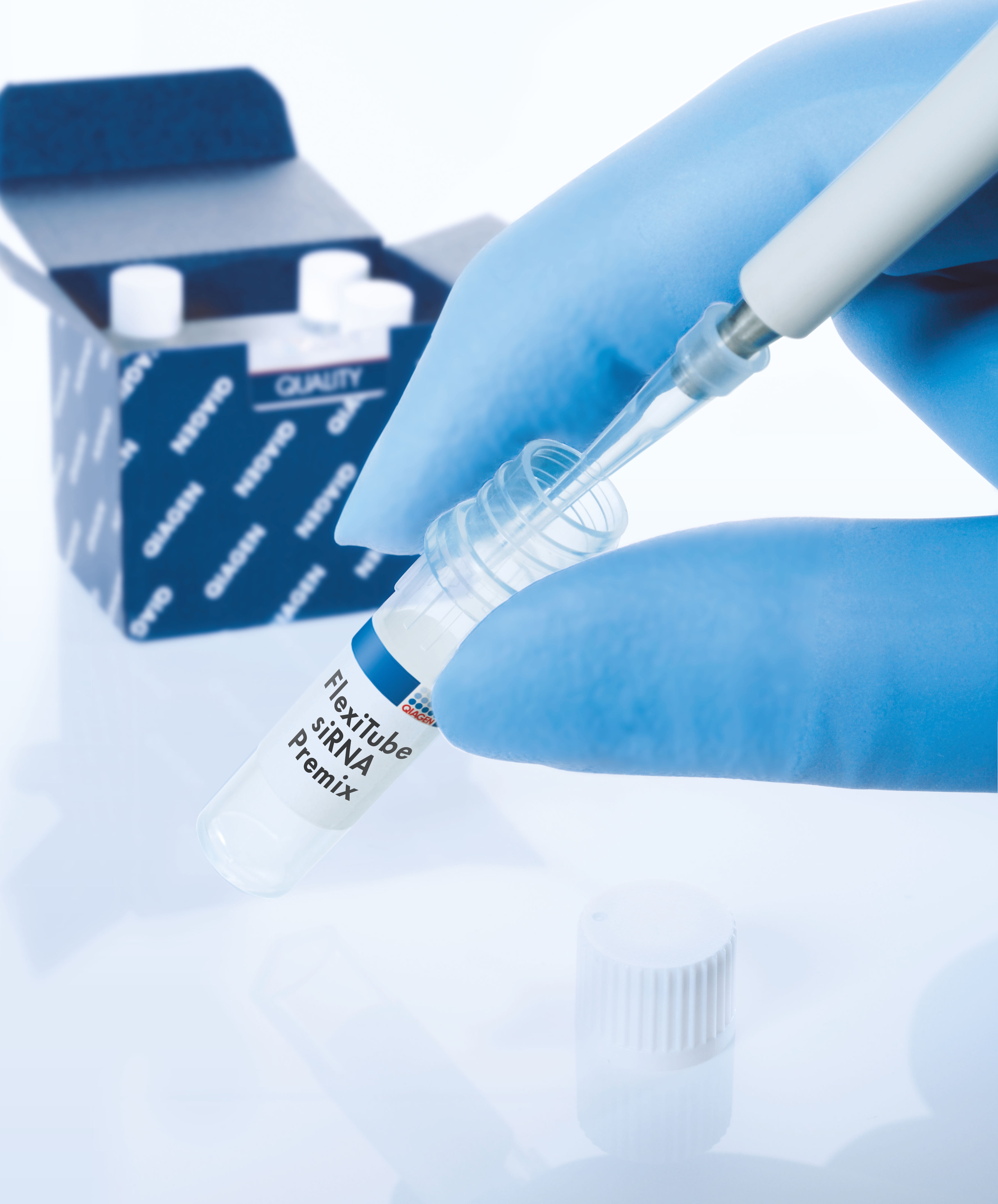
RNA Silencing
Optimized, flexible RNA silencing
When planning your RNAi experiments, you need to consider important parameters, including the type and number of gene targets, choice of cell line and method of siRNA delivery, downstream assay, appropriate controls and time points for analysis. Our comprehensive range of products for gene silencing covers every step of your RNAi workflow. Whether you need a flexible solution for knockdown screening in low- to high-throughput siRNA experiments or negative or positive controls, our optimized products maximize your success.
Products
Sort
7 Products found

Antisense LNA GapmeRs
For highly effective knockdown of mRNA and lncRNA using LNA-enhanced antisense oligonucleotides

FlexiTube siRNA
For efficient RNAi analysis one gene at a time

AllStars Negative Control siRNA
For negative control RNAi experiments

HP Custom siRNA
For efficient gene silencing using high-purity siRNA

Negative Control siRNA
For negative control of siRNA

FlexiPlate siRNA
For highly flexible, economical RNAi screening

FlexiTube siRNA Premix
For optimized, one-step siRNA transfection
